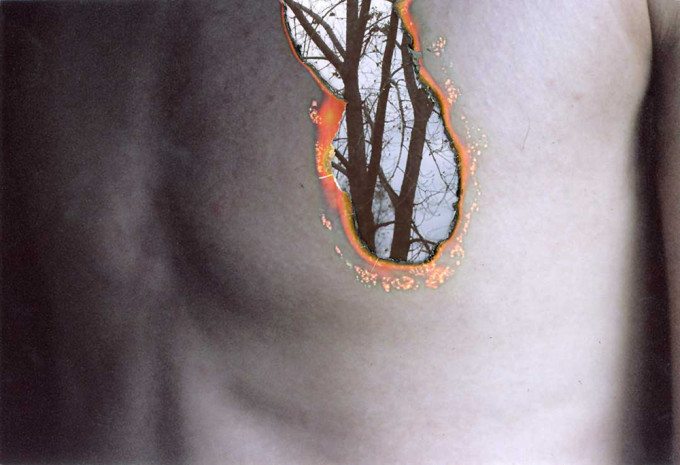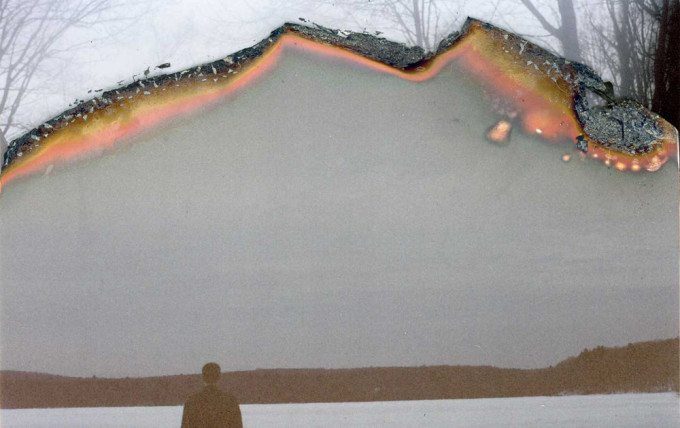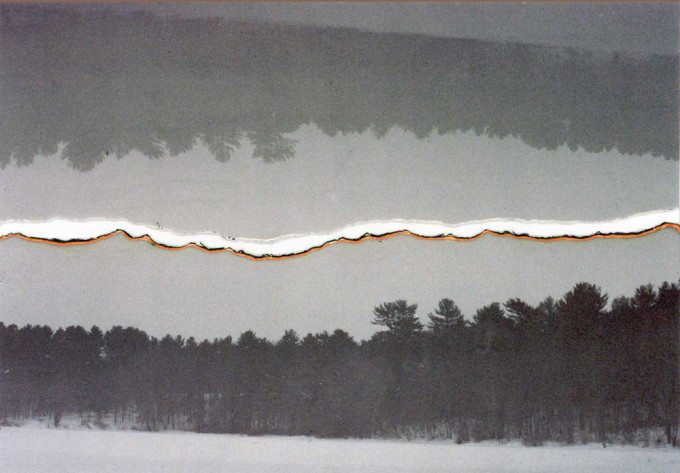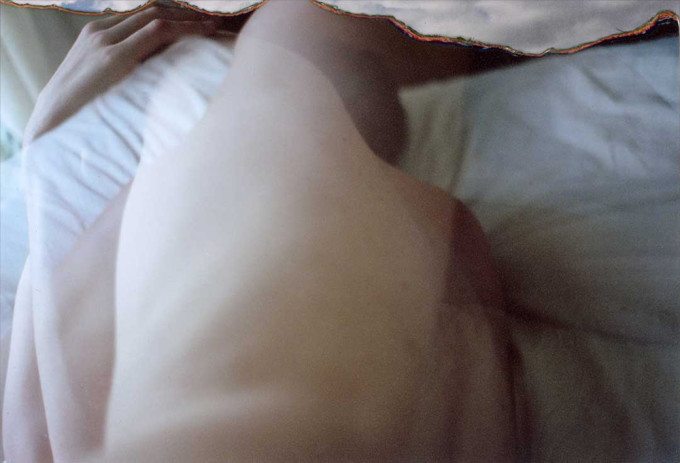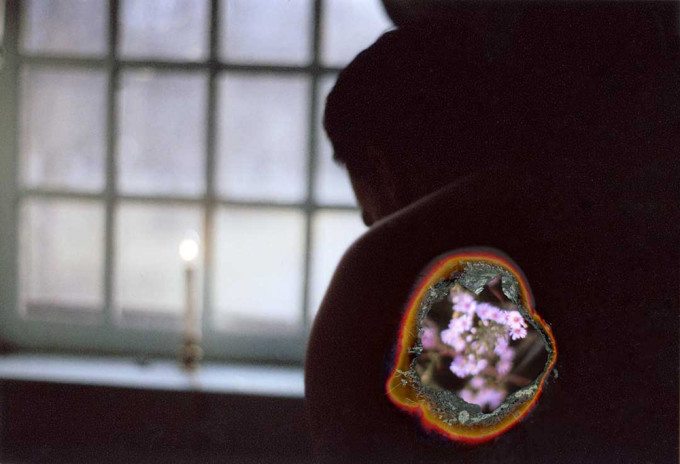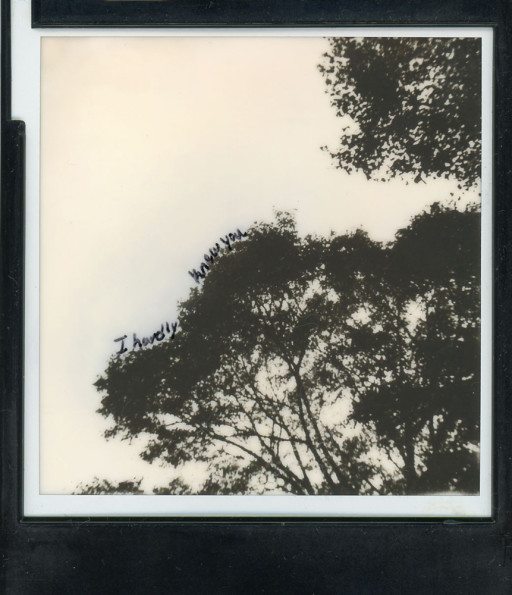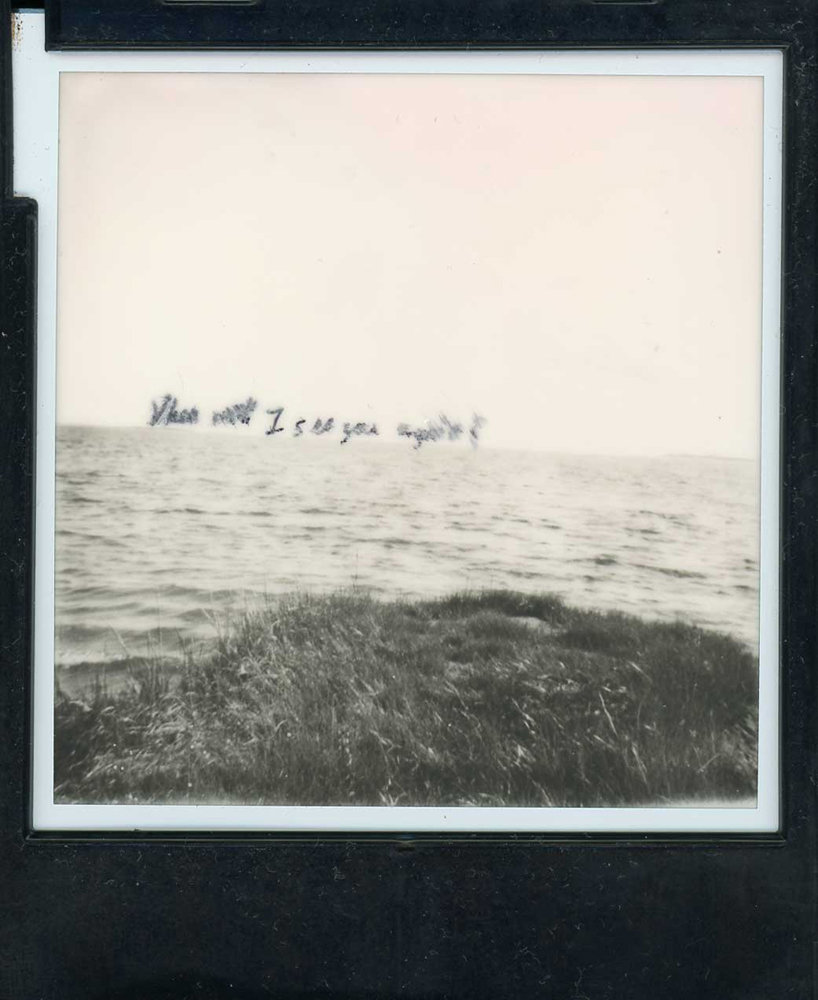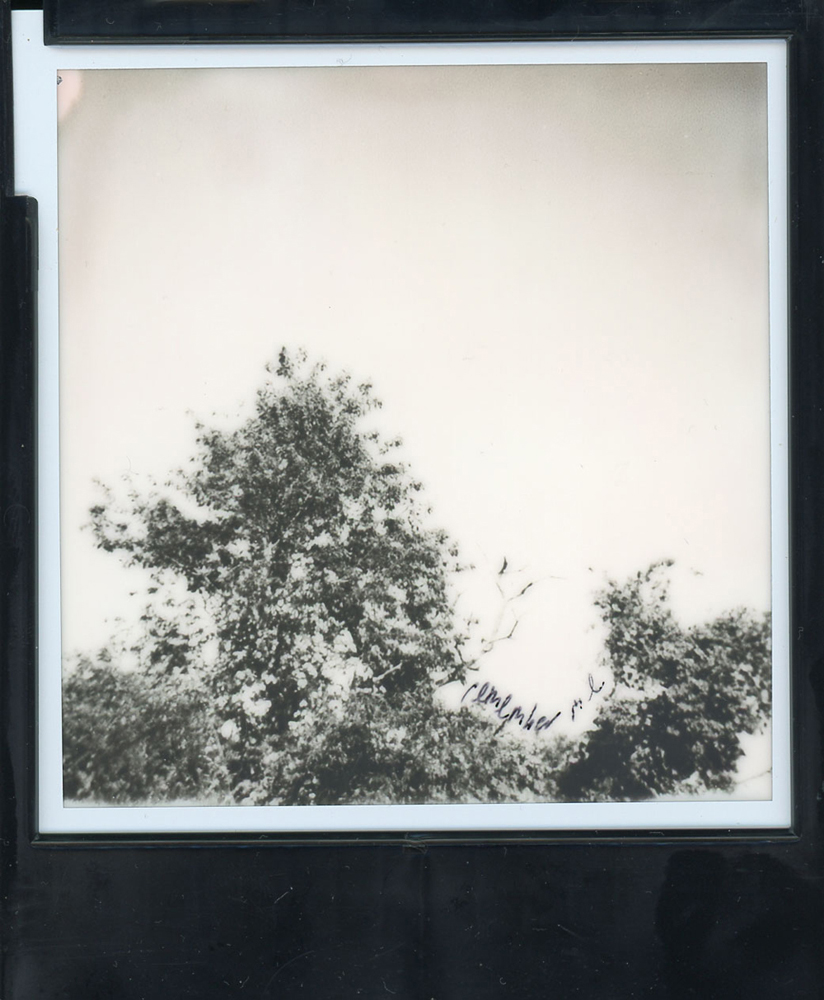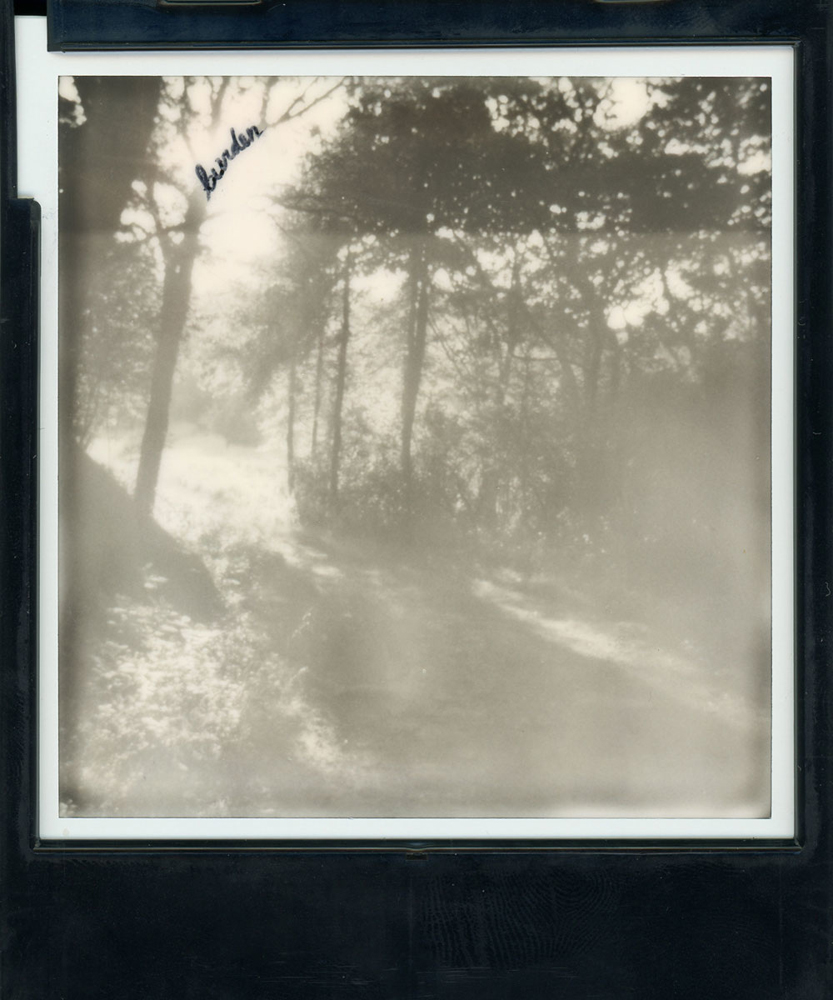All images by Samantha Sealy. Used with permission.
“I try as hard as possible not to let the influx of negative emotions guide my work,” says photographer Samantha Sealy. Samantha was born in 1991 and has been in a monogamous relationship with analog film photography since she was in 7th grade. For some time, she flirted with digital, but the chemistry and compatibility just weren’t there for her like the analog process and spending time in the darkroom.
Samantha has had a tough life. She hasn’t connected with many people on an interpersonal level and that was what influenced a project of hers called I Hardly Knew Her. “I have always attempted to stay away from making ‘personal work’ until very recently when I started having a lot of personal issues. I stopped making work for a while because I didn’t want my mood to have a negative affect on my art but then I realized if I stepped away from work every time I was unhappy I would probably never photograph again.” says Samantha in an email to us. “It’s been hard for me to share but I think doing so has made me a better and more honest artist.”
Phoblographer: Talk to us about how you got into photography.
Samantha: When I was younger I loved art but was never good at drawing or painting but had hoped I’d be able to still be able to be a part of the art world. In the 7th grade, my language arts teacher took us on a trip to take pictures for a calendar (I don’t think the calendar ever ended up being created…). Half of the section went to Bluff Point and my half went to Barn Island. I remember being really upset about this because I’d always wanted to go to Bluff Point which is funny because I’m not a big fan of it now.
It was October and it was freezing out and our chaperone was a substitute who ended up getting my group lost. I took 2 rolls of film that day, one black and white and one color and I just remember feeling like I didn’t have to think about anything but that moment. It was beautiful and calm. In class when we were reviewing the pictures we all took I got a lot of compliments on mine. My teacher asked if I had ever thought about becoming a photographer and I said no because I didn’t even know that was a profession. It made me think a lot about what I wanted to be and I’ve been taking pictures ever since.
Phoblographer: What got you into analog and experimental photography?
Samantha: I wasn’t able to afford a DSLR until I was in my late teens so I was still on film when most of the people I knew had gone digital. When I was 16 I took a half-darkroom half-digital course and ended up loving the darkroom portion far more than the digital. It was the one place I could be where I never thought of anything that was bothering me and I could just exist.
When I did end up getting a DSLR I quickly discovered the process wasn’t for me, or for my work at least. I got into experimental photography my 3rd year of college. We had an alternative processes project and I chose my own “process” to avoid any similarities with my classmates who were mostly sandwiching negatives or toning their prints. I used various destructive processes on my negatives and prints (cutting, stepping on them, etc.) and really enjoyed the thrill of not knowing the results. Now that I’ve been doing it for a while I have a degree of control but things are still never exactly the way I picture them which I suppose is true for many different art forms as well. There’s so many possibilities with film and I’m always looking for new things to try.
Phoblographer: You’ve had quite the rough life and every artist tries to creatively express themselves via their artwork. What are you trying to get across in the images from the Angiogram series?
Samantha: I rarely think about concepts before and even after I create a series. With Angiogram it was more about the process of layering and partially destroying images to create my ideal photographic world. But if I had to guess I’d say the entire process was me bringing my past into my present. A lot of the images layered underneath are ones I took previously for other projects.
I’m someone who doesn’t think about the future a lot and lives in my head. The past and how it affects me now is where my focus usually is. At the time the person I took the portraits part of Angiogram was the only person I talked to and my past with others had a lot to do with that. There are very little people I connect with anymore and he was one of them. So me laying images of him, new landscapes I discovered and old ones I’d always loved showed how I was living. Finding new things to love but always wanting the old ones to be a part of me.
Phoblographer: How do you feel your life and the situations you run into affect your photography?
Samantha: Unfortunately I’m the kind of person who is extremely unproductive when I’m unhappy. Before I started I Hardly Knew Her I didn’t take any pictures for a year. Since I had graduated from college there were no pressing deadlines, no critiques, just me. And that wasn’t enough for me to want to photograph. So a lot of series take me a while to get through because if something happens while I’m creating the work I’ll stop and wait until I feel better.
I try as hard as possible not to let the influx of negative emotions guide my work.
Phoblographer: I Hardly Knew Her is a special project involving what looks like Polaroids and text. Who is it dedicated to and what was the creative process like behind it?
Samantha: It’s the first series I’d say is definitely about myself. I actually unknowingly started I Hardly Knew Her last fall before I stopped taking photographs. I began it at a time when I was starting to notice how temporary my relationships with people had become. People are usually only in my life for a short time without getting to know me very well. I don’t see the point in sharing my life with someone who will lose interest in a month. Most of the people I’ve met in the past few years could probably tell you where I work, where I live and where I used to go to school but that’s probably it.
I named it after something I heard said about me once from someone who I knew a great deal about but in the end didn’t know much about me. Text was one of the things I’ve always wanted to incorporate into my work but never found a way before now. I hate complaining or talking about how bad I feel and I felt like this was the only way I could express myself in a productive way without upsetting the few people in my life. I revisited Barn Island for a lot of these images and imagined my thoughts in the landscape. For a lot of the pictures I try to make the text a part of the landscape. It’s still an ongoing project that I just started sharing.
I had really wanted to get back into instant film of all types so I’m excited to experiment with various film and text.
Phoblographer: Let’s talk about your creative process; what generally motivates you to shoot an image? Then what motivates the road that it takes to its final form?
Samantha: When I shoot an image I’m always thinking of what I can do with it later. Whether it would work well as a multiple exposure, if I can incorporate text into it organically, if I can save it for a future idea. A lot of times I’ll only like parts of images so I just cut the pieces I don’t think fit and replace them with something else. I have so many images that have another “version” of itself somewhere. With my black and white photos I usually take a minimum of 3 photographs of the same image. I leave one alone and experiment with the others. It gives me the freedom of not having to worry about making mistakes because there’s always another chance. The best part is that there doesn’t have to be a final form.


